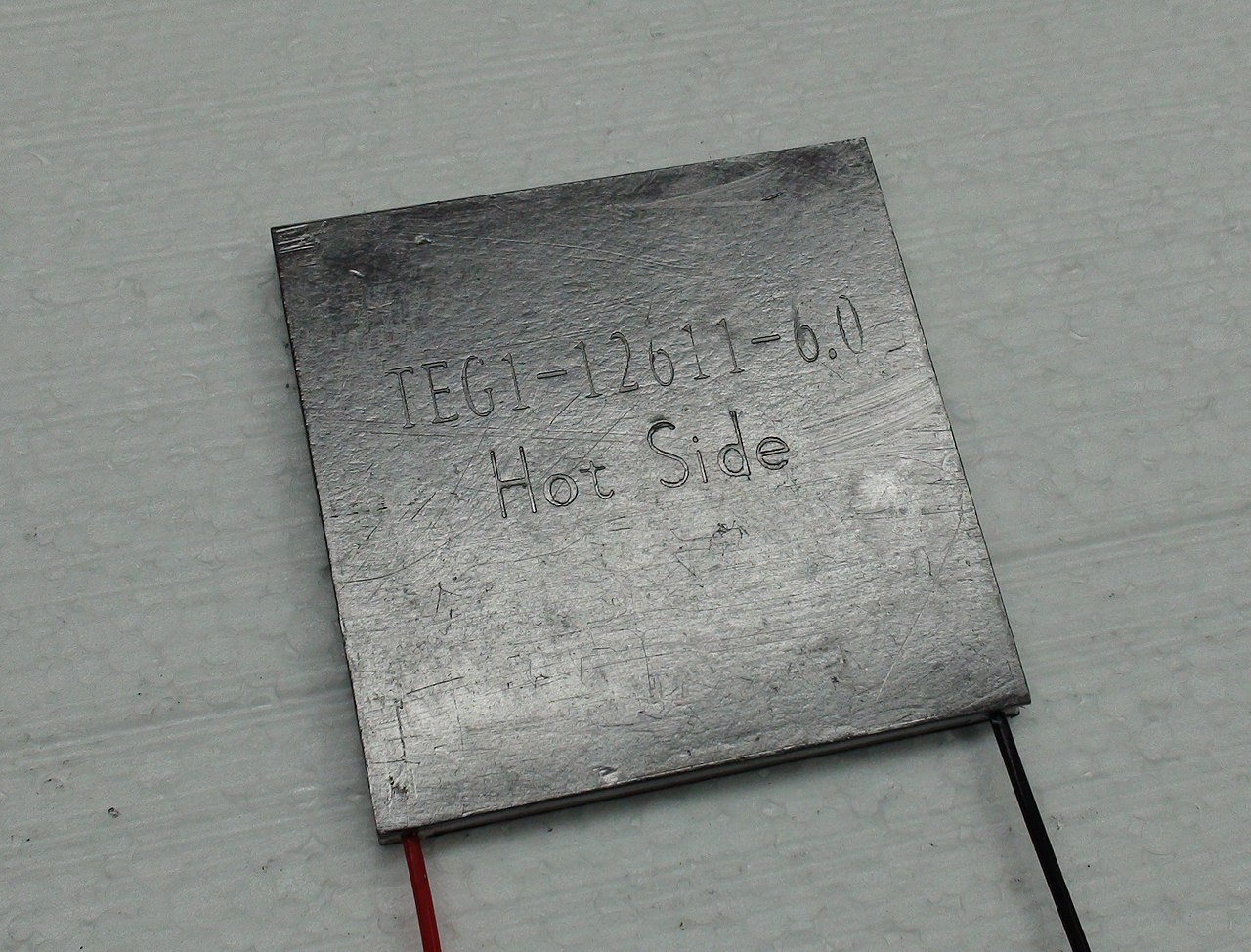Hi
I wonder if anybody has further knowledge or can help me with my query on how to fix my mini fridge which has suddenly stopped cooling. Rather than re-write my issue posted elsewhere, it would be fantastic if somebody closer to the UK could help. I'm happy to post the circuit board if need be.
My problem is all explained in the do it yourself website below:
https://www.doityourself.com/forum/...ermoelectric-mini-fridge-stopped-cooling.html
Anything that could help me would be amazing.
I wonder if anybody has further knowledge or can help me with my query on how to fix my mini fridge which has suddenly stopped cooling. Rather than re-write my issue posted elsewhere, it would be fantastic if somebody closer to the UK could help. I'm happy to post the circuit board if need be.
My problem is all explained in the do it yourself website below:
https://www.doityourself.com/forum/...ermoelectric-mini-fridge-stopped-cooling.html
Anything that could help me would be amazing.


